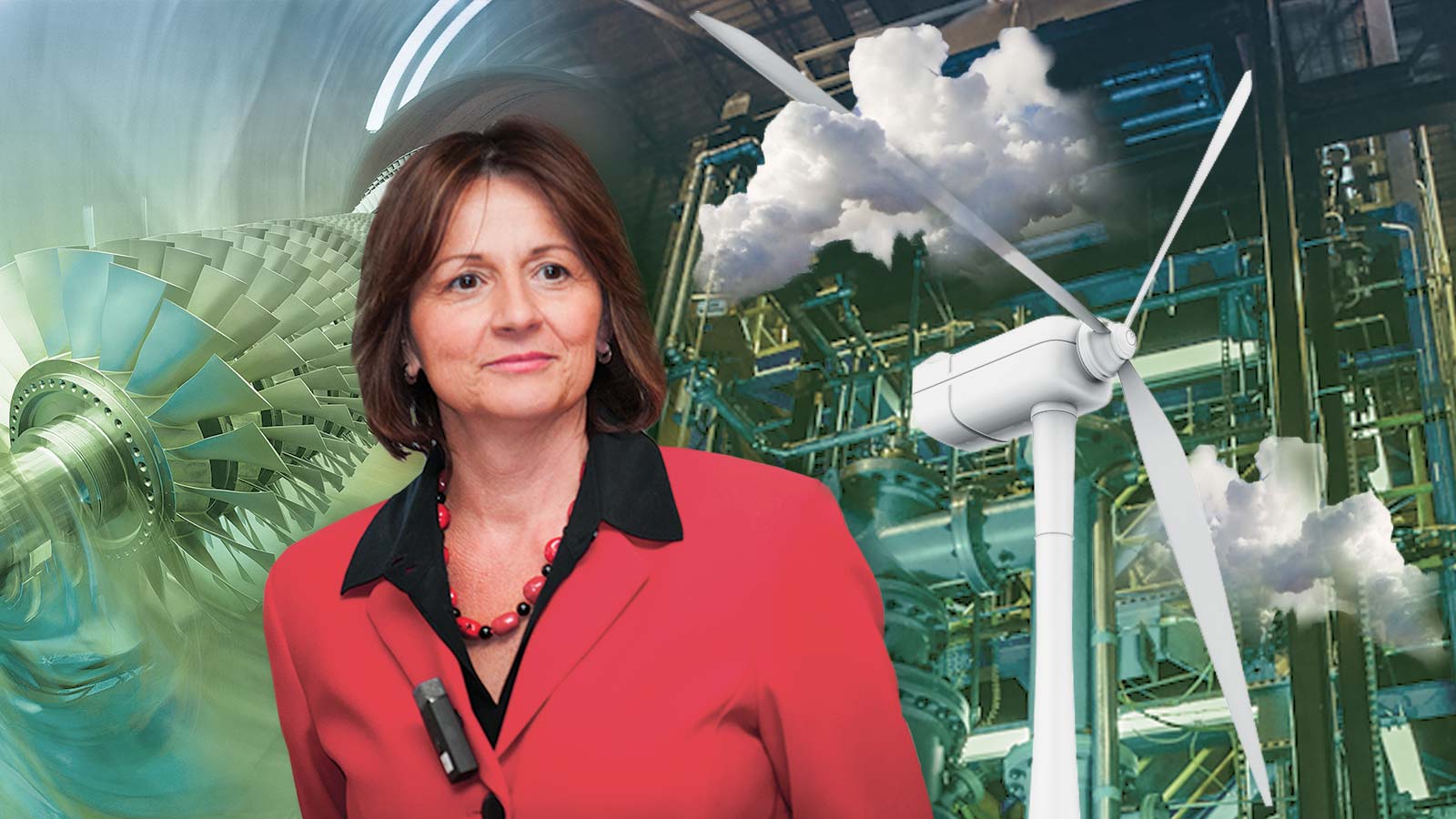
Energizing the Future
Spring 2016 | By Laura J. Cole
Grace Bochenek, ’98, is passionate about energy — how it’s used and stored, where it comes from and the direction it’s heading. As the director of the National Energy Technology Laboratory (NETL), she’s responsible for finding ways to address our nation’s energy and environmental challenges. That includes exploring new technologies that make fossil fuels more sustainable.
So while many recent news headlines have declared an end to fossil fuel dependence, Bochenek says otherwise. When speaking recently to the National Coal Council, she said, “Clearly, the game for fossil energy is not over; it is just beginning. It is our job at NETL to find, mature and demonstrate new technologies that allow us to use fossil fuels efficiently and with environmental sustainability. That is our focus.”
Why Fossil Fuels Are Important
“Fossil energy is a part of the energy mix not only for the U.S. but also internationally. We want lights on, we want to be able to use all of our devices. Most people don’t think about where that comes from. The sources of energy are predominantly — 80 percent — fossil energy-based. Energy comes from coal, from natural gas, from petroleum and oil products. As countries have more and more energy needs — places like China and India where there’s huge population growth — we want to make sure they have energy and heat and power.”
How NETL Research Impacts Americans
“The work that this laboratory did about 25 years ago enabled what happened with the shale industry and enabled the U.S. to be the No. 1 producer of it. Technologies like that still have an impact today. The things we’re looking at now are the effective use of coal and the ability to capture greenhouse gases, like carbon, and use that carbon for other things, other products and other ways to store them. That way, you can still effectively use coal, which is still one of the least expensive ways to create energy.”
How Fossil Fuels Work with Other Energy Sources
“When you think about energy, you’ve got to think about it in a holistic sense. From fossil to renewable to nuclear energy, we’re looking at how all of these things get integrated together and how they dynamically add power to our grid system. Fossil fuels are one piece of that, and so there’s a lot of work in terms of leveraging not only the integration of different technologies but things like controlling the grid system and storage on the grid system.”
Why I Changed Careers after 25 Years with the Department of Defense
“Energy is one of the biggest challenges for the military today. In fact, if you’re in the military, energy security is about national security. I found the impact of energy and the department fascinating. At some point in your career, you want to give back, right? I get a kick out of what I do because I get to do a lot of cool things with technology that really make a big difference to the world.”
Why More Students Should Study STEM
“I don’t know if people really understand how dependent this country is on the whole innovation process, the entrepreneurial process and new technologies, which develop new industries and create stronger economies. At the end of the day, these make our country stronger. It can be a challenge to get people to understand the kinds of roles available in the sciences and in engineering. I think people who have natural abilities in these areas maybe think they’ll have boring jobs. I found out that’s not true. Engineering and sciences open possibilities for young people and even older people who have changed careers.”
Images courtesy of National Energy Technology Laboratory